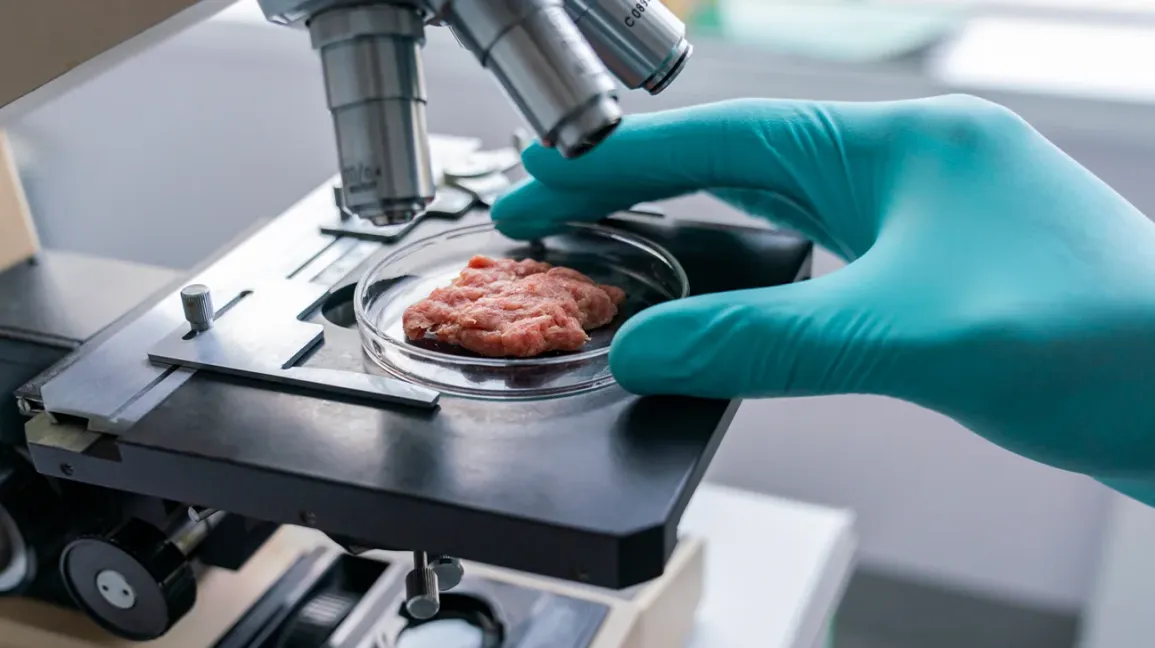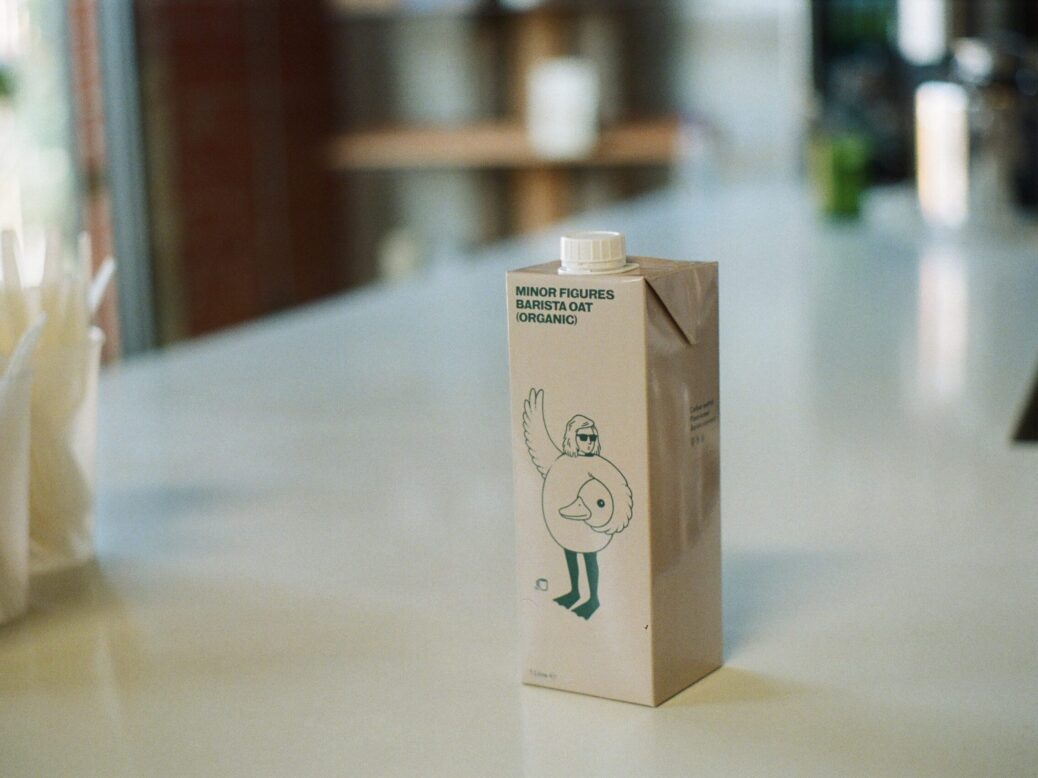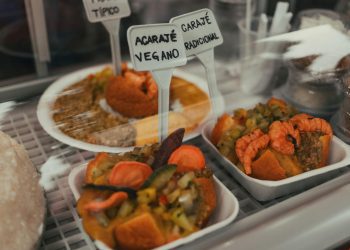Shahida AnushaSiddiquiabNur AlimBahmidcdIkawatiKarimeTahaMehanyfgAlexey AlekseevichGvozdenkohAndrey VladimirovichBlinovhAndrey AshotovichNagdalianhiMuhammadArsyadjJose M.Lorenzokl
a Technical University of Munich, Campus Straubing for Biotechnology and Sustainability, Essigberg 3, 94315, Straubing, Germany
b German Institute of Food Technologies (DIL e.V.), Prof.-von-Klitzing-Straße 7, 49610, D-Quakenbrück, Germany
c Research Center for Food Technology and Processing, National Research and Innovation Agency (BRIN), Gading, Playen, Gunungkidul, 55861, Yogyakarta, Indonesia
d Agricultural Product Technology Department, Universitas Sulawesi Barat, Majene, 90311, Indonesia
e Agribusiness Department, Universitas Sulawesi Barat, Majene, 90311, Indonesia
f Department of Food Technology, Arid Lands Cultivation Research Institute, City of Scientific Research and Technological Applications (SRTA- City), 21934, Alexandria, Egypt
g Department of Chemistry, University of La Rioja, 26006, Logroño, La Rioja, Spain
h North Caucasus Federal University, Stavropol, Russia
I Saints Petersburg State Agrarian University, Pushkin, Saints Petersburg, Russia
j Department of Agricultural Socio-economics, Universitas Hasanuddin, Makassar, 90311, Indonesia
k Centro Tecnológico de la Carnede Galicia, Avd. Galicia Nº 4, Parque Tecnológico de Galicia, San Cibrao dasViñas, 32900, Ourense, Spain
l Universidade de Vigo, Área deTecnología de los Alimentos, Facultad de Ciencias de Ourense, 32004, Ourense, Spain
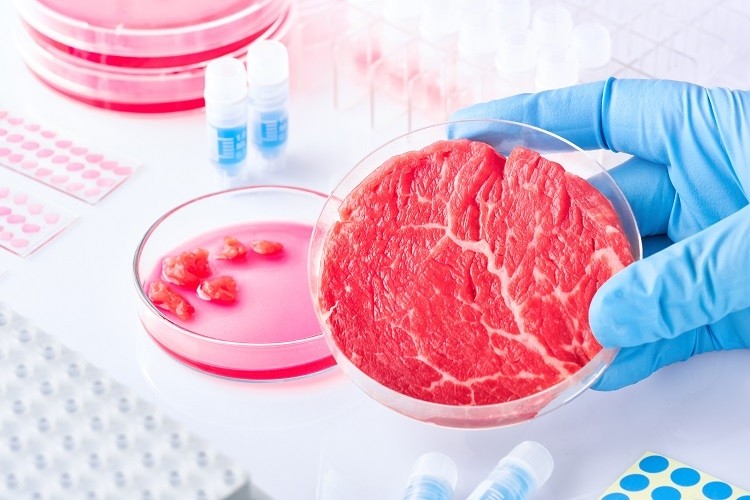
Highlights
- Proposed cultured meat packaging is designed with respect to its quality properties.
- Labelling should show the difference between cultured and conventional meat.
- Jargons “sustainability, animal rights and public health” are a concept in presenting cultured meat in the market.
Abstract
Increasing concern of consumers on sustainability issues leads to high demand for new alternative protein-based products to alter animal origin meat in the market. Meat alternatives, like cultured meat, are new in the market and consumers are skeptical to consume cultured meat, so an improvement in functionality and sensory quality pose to be important information to increase their acceptability by the consumer.
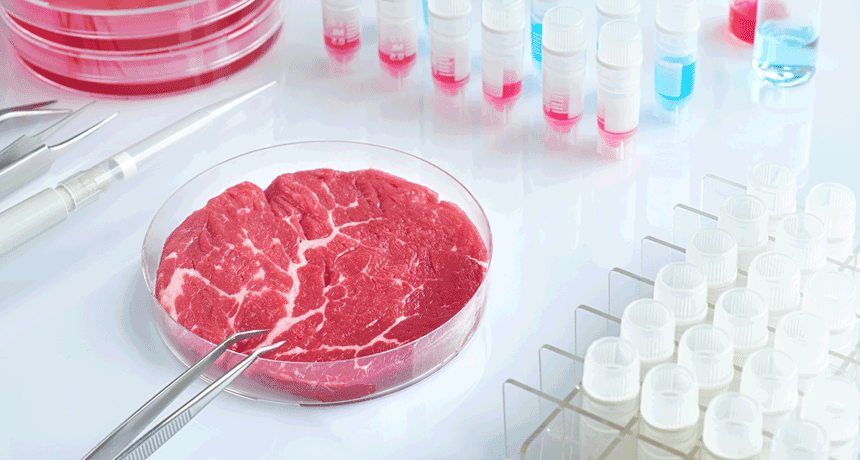
Unnaturalness, healthiness, texture, price, and safety are the main considered attributes for consumers and need to be well-promoted to improve the purchasing power of cultured meat. With production in a controlled environment with tissue-engineered technology, cultured meat can be produced to fulfill the demanded and acceptable quality by consumers. Packaging potential for cultural meat to maintain its food quality and improve its shelf life highlights consumer acceptance of cultured meat in different countries and its approach to represent meat in the market.
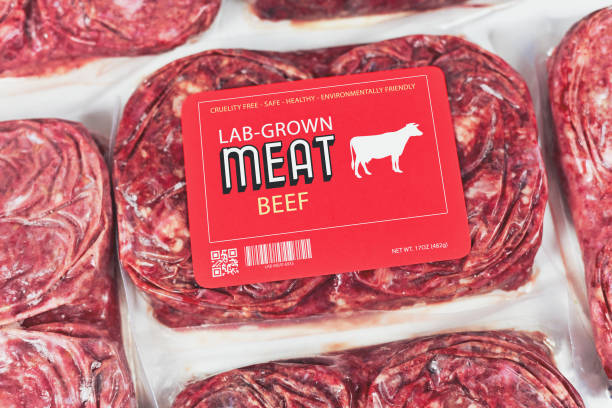
This review shows the current scenario on processing technology, packaging, and shelf life of cultured meat. Consumer acceptance and the future roadmap of cultured meat development have also been discussed in detail.
** Click here to read the full article **







